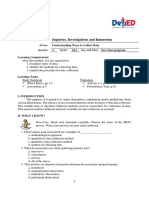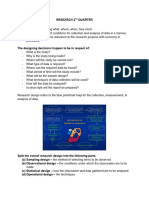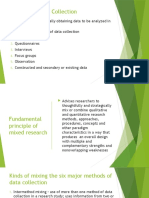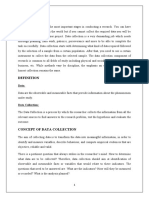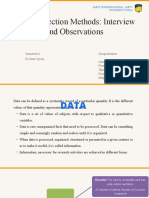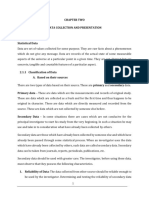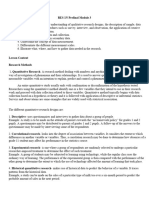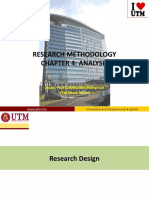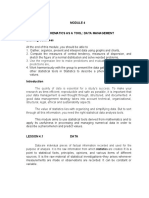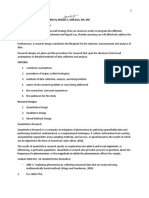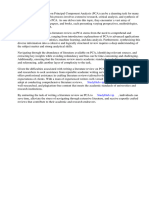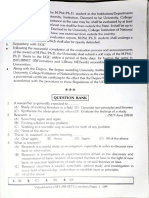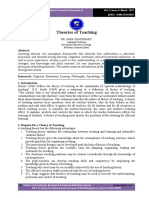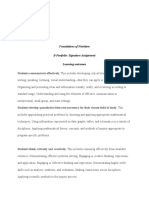0% found this document useful (0 votes)
35 views11 pagesModule 8 (Understanding Ways To Collect Data) Lesson Plan
The document is a semi-detailed lesson plan for Grade 12 students at Abuyog Academy, focusing on research concepts and data collection methods. It outlines objectives, content, learning resources, and a structured procedure for teaching both quantitative and qualitative data collection techniques. The lesson includes various activities to engage students and assess their understanding of the material.
Uploaded by
deojamesbullenaCopyright
© © All Rights Reserved
We take content rights seriously. If you suspect this is your content, claim it here.
Available Formats
Download as DOCX, PDF, TXT or read online on Scribd
0% found this document useful (0 votes)
35 views11 pagesModule 8 (Understanding Ways To Collect Data) Lesson Plan
The document is a semi-detailed lesson plan for Grade 12 students at Abuyog Academy, focusing on research concepts and data collection methods. It outlines objectives, content, learning resources, and a structured procedure for teaching both quantitative and qualitative data collection techniques. The lesson includes various activities to engage students and assess their understanding of the material.
Uploaded by
deojamesbullenaCopyright
© © All Rights Reserved
We take content rights seriously. If you suspect this is your content, claim it here.
Available Formats
Download as DOCX, PDF, TXT or read online on Scribd
/ 11



